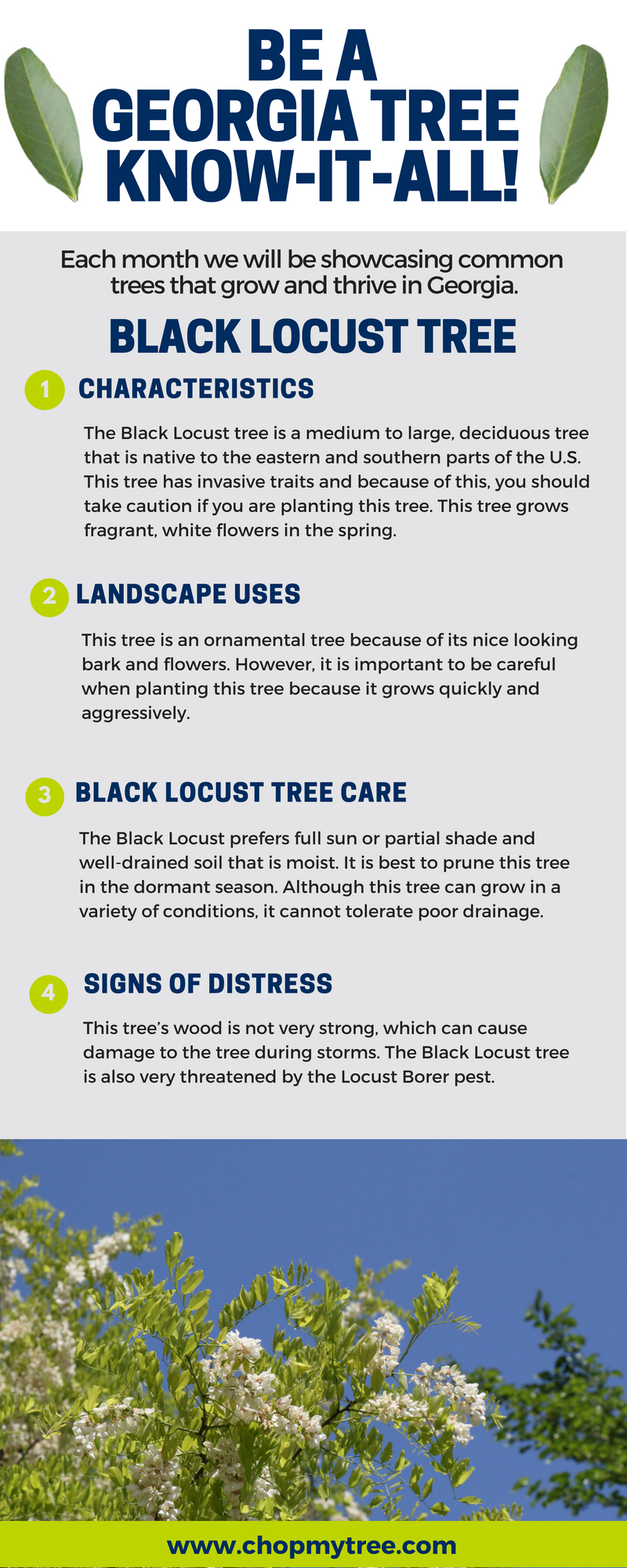When it concerns creating a landscape that flourishes, mastering the art of tree pruning is a must. Imagine having the ability to shape your trees with accuracy, guaranteeing their vitality and elegance for many years to find. By learning the essential strategies for appropriate cuts, timing, and structural training, you hold the key to a flourishing outdoor room that will impress all who encounter it. However exactly how do these trimming methods truly impact the wellness of your trees and the total landscape aesthetic?
Proper Pruning Cuts for Tree Health And Wellness
When it concerns maintaining the health and wellness of your trees, making appropriate pruning cuts is vital. Incorrect cuts can cause illness, insect problem, and total tree decline. To make sure the vitality of your trees, constantly start by using sharp, clean devices to make precise cuts.
Begin by identifying the branch collar, a swollen area where the branch connects to the trunk. Cutting simply outside the collar helps advertise proper recovery and minimizes the risk of infection. Stay clear of leaving stubs as they can welcome bugs and diseases right into the tree.
Bear in mind to make cuts at a small angle, sloping away from the trunk, to prevent water from merging on the injury. Furthermore, remove any kind of dead, damaged, or crossing branches to boost air blood circulation and sunshine penetration.
Timing and Frequency of Pruning
To preserve the health and wellness and framework of your trees, recognizing the ideal timing and regularity of pruning is important.
The most effective time to prune trees is commonly during the inactive season in late winter months or early springtime. Pruning during this duration aids promote brand-new development once the tree starts budding in the spring.
Nonetheless, some trees, like spring-flowering ones, are best trimmed right after they complete blooming to avoid removing following year's flower buds.
Routine trimming is vital, yet the regularity relies on the tree species and its growth price. For many trees, a yearly evaluation to remove dead, infected, or going across branches is advised. Youthful trees may require even more regular pruning to establish a solid structure, while mature trees may just require maintenance trimming every couple of years.
Avoid trimming throughout the fall when illness are extra quickly spread out, and refrain from heavy trimming throughout the summer when the tree is proactively growing.
Training Young Trees for Framework
For developing solid and healthy and balanced trees, training young trees for ideal framework is necessary. By shaping insurance for arborist when it's young, you established the foundation for a strong and visually appealing fully grown tree.
Begin by recognizing the central leader, which is the main upward-growing branch. Urge the main leader's growth by trimming away competing leaders, assisting the tree develop a strong main trunk. Additionally, get browse around this website of any kind of branches that grow inward or downward, as they can create structural issues as the tree expands.
It is necessary to space out lateral branches uniformly around the trunk to promote well balanced growth. As the tree develops, continue to monitor its development and prune as required to maintain its form and structure.
Effectively educated young trees are less most likely to develop weak crotches or jammed branches, reducing the danger of damages during storms. Spending tree works in training young trees will certainly repay with a perfectly structured and resilient tree in the future.
Verdict
Now that you have understood the important strategies of tree trimming, your landscape is on its method to growing. By utilizing sharp tools, making accurate cuts, and correctly timing your pruning sessions, you are ensuring the health and durability of your trees. Bear in mind to regularly examine and preserve your trees to keep them flourishing. With your newly found expertise, your landscape will remain to expand wonderfully for many years ahead. Maintain the great work!
